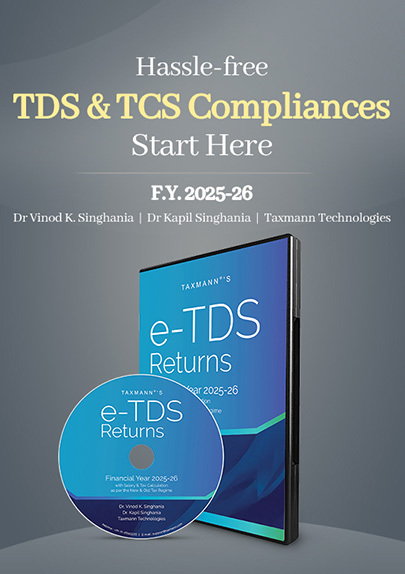A Resolution Plan Involving a Combination Needs CCI Approval Before CoC Consideration, as Required u/s 31(4) of IBC | SC
- Blog|News|Insolvency and Bankruptcy Code|
- 2 Min Read
- By Taxmann
- |
- Last Updated on 9 February, 2025

Case Details: Independent Sugar Corporation Ltd. v. Girish Sriram Juneja - [2025] 170 taxmann.com 868 (SC)
Judiciary and Counsel Details
- Hrishikesh Roy, Sudhanshu Dhulia & S.V.N. Bhatti, JJ.
Facts of the Case
In the instant case, the CIRP was initiated against the corporate debtor, and resolution plans were submitted by the appellant (unsuccessful resolution applicant) and AGI (successful resolution applicant).
The AGI’s acquisition of the corporate debtor would create an 80-85% market share in the F&B segment and 45-50% in the alco-beverage segment, raising anti-competition concerns.
The appellant objected to the CoC’s approval of the AGI’s resolution plan citing lack of prior CCI clearance, as required under section 31(4) of the IBC. Despite the objection, the CoC approved the AGI’s plan with 98% votes. The CCI approval was obtained only later, subject to divestment conditions. The NCLT upheld the CoC’s approval, citing subsequent compliance.
NCLAT Held
The NCLAT upheld the said decision, ruling that prior CCI approval was directory, not mandatory. Thereafter, an appeal was made before the Supreme Court.
It was noted that a resolution plan involving a combination requires prior CCI approval as mandated under section 31(4) of the IBC. Further, section 29(1) of the Competition Act mandates issuance of a Show Cause Notice (SCN) to the parties to combination if the CCI forms a prima facie opinion that combination is likely to cause or has caused AAEC in the relevant market.
The Supreme Court held that the CCI’s failure to issue a mandatory SCN under section 29(1) of the Act to all the affected parties, including the corporate debtor, constituted a major procedural lapse. Further, AGI’s resolution plan, lacking prior CCI clearance, violated sections 30 and 34 of the IBC and therefore, being legally unsustainable had to be set aside.
Disclaimer: The content/information published on the website is only for general information of the user and shall not be construed as legal advice. While the Taxmann has exercised reasonable efforts to ensure the veracity of information/content published, Taxmann shall be under no liability in any manner whatsoever for incorrect information, if any.

Taxmann Publications has a dedicated in-house Research & Editorial Team. This team consists of a team of Chartered Accountants, Company Secretaries, and Lawyers. This team works under the guidance and supervision of editor-in-chief Mr Rakesh Bhargava.
The Research and Editorial Team is responsible for developing reliable and accurate content for the readers. The team follows the six-sigma approach to achieve the benchmark of zero error in its publications and research platforms. The team ensures that the following publication guidelines are thoroughly followed while developing the content:
- The statutory material is obtained only from the authorized and reliable sources
- All the latest developments in the judicial and legislative fields are covered
- Prepare the analytical write-ups on current, controversial, and important issues to help the readers to understand the concept and its implications
- Every content published by Taxmann is complete, accurate and lucid
- All evidence-based statements are supported with proper reference to Section, Circular No., Notification No. or citations
- The golden rules of grammar, style and consistency are thoroughly followed
- Font and size that’s easy to read and remain consistent across all imprint and digital publications are applied



 CA | CS | CMA
CA | CS | CMA
